Netherlands Travel - Friesland Province
With its group of dune-swept islands, a charming capital in Leeuwarden, and a chain of eleven immaculate, historically significant cities/villages, Friesland, one of the three northern provinces, is a well-deservedly popular tourist destination. It is situated on the mainland but also includes the West Frisian Islands. The islands themselves are hardly more than an extended sandbank, with portions accessible by taking vigorous, wadlopen hikes along the ankle to knee-deep mud flats that border them to the south. In the north, you can find long expanses of hourglass-fine sandy beaches and a network of bikeways.
The mainland's landscape, like that of much of the Netherlands, is primarily green, with canals cutting it in half dotted with black-and-white Frisian cattle and pitch-black Frisian horses. Sleek wind turbines, a contemporary alternative to the last operational windmills in the region, take advantage of the powerful westerlies to break up the monotony of the pancake-flat terrain. The inhabitants of this area speak a distinctive language called West Frisian and follow a traditional way of life.
So through this series of articles, I intend to share our stories and experiences of traveling across the Friesland province of the Netherlands with our fellow photography and travel enthusiasts. I hope they help you plan your travels across this beautiful province!
Near the village of Wierum is an old shipwreck from the second world war times that emerges from the sea only during low tides. This wreck symbolizes a crucial part of the Wadden Sea's cultural history - the struggle for territory between man and nature that occurred here from the Middle Ages to the present. It first appeared close to the Schoorsterhoofd, in the west but eventually started to wander towards Wierum and ended up becoming trapped in the mud. Ever since it’s been here getting gradually affected by the ebb and flow gradually but steadily affecting the praam.
A Dutch visual artist, philosopher, and landscape architect (who liked to call himself ‘Ecotect’) Louis Guillaume Le Roy (1924–2012) is credited with coining the term ‘Eco-cathedral.’ The name is made up of two elements, ‘Eco’ standing for the natural world, and ‘Cathedral’ for the culture. He intended this to convey the idea that culture and environment should coexist. They are interdependent; their relationship is symbiotic.
While it's well known that Amsterdam, the lively capital city filled with canals and coffee shops, is frequently the first (and, let's face it, sometimes the only) stop for tourists in the Netherlands, there are a plethora of other, less-visited locations throughout the nation that are equally as worthwhile. Travelers will be surprised by how diversified the Netherlands' landscapes are for such a small nation.
Summers in the Netherlands can be a genuine celebration with the sun, sea, beach, festivals, music, overnight stays, lovely pavement cafés, delectable food, and fine wine! The longest day of the year, or the Summer Solstice, which occurs on June 21, marks the beginning of summer, according to the astronomical calendar. June, July, and August are regarded as the summer months by meteorologists. As a result of its maritime climate, which is influenced by the North Sea and the Atlantic Ocean, the Netherlands experiences a variety of weather conditions throughout the summer, including a few hot days with temperatures considerably over the 25-degree threshold.
Being a maritime country with a 450 km coastline, the Netherlands is famous for its beautiful beaches. Since the Netherlands has a lesser number of sunny days in the year, with the arrival of the summer, beachgoers, wildlife lovers, and watersports enthusiasts visit the splendid Dutch coastal towns to enjoy some fresh air on the beach, have a drink at a beach club, take a stroll down the promenade or through the dunes, watch the seagulls steal french fries from a scared couple, or ride the giant waves on a windy day!
Spring is undoubtedly the most fascinating season in the Netherlands and therefore, the best time for tourists to visit this beautiful country. After dull, grey, and cold winter months, as the sun starts peeping through the clouds, the sky turns blue and the days get longer and warmer, you know spring is in the air. And during these spring months of mid-March to mid-May, being the largest exporter of flowers globally, the whole country transforms into a vast ocean of flowers. It starts with cherry blossoms, crocuses, daffodils, and hyacinths between mid-March and mid-April, followed by the famous tulips between mid-April and mid-May. This makes it a great time to explore the Dutch countryside.
Friesland, historically called Frisia, is the northernmost province of the Netherlands. Friesland has a long coastline that stretches along the IJsselmeer (the largest inland lake of Western Europe) and the Wadden Sea. It is mainly located on the mainland but also includes several small Wadden islands. The Frisians (as they proudly call themselves) consider themselves separate from the rest of the Dutch and hence have their own flag and language named Frisian.
Before we begin our story today, let me ask you a “Did you know?” question. Did you know there are Mummies in the Netherlands? That, too, naturally mummified? If not, then you ought to visit this place. It’s called the Mummiekelder (Mummy Cellar) and is housed in the crypt of a small church in Wiuwert, a tiny village in the province of Friesland. It is still not scientifically proven how the bodies may be so well preserved since 1609. The crypt is a mystery and houses the secret of Wiuwert. Today I’m here to share with you the riddled story of Wiuwert's ancient mummies.
Being Dutch citizens ourselves living in the Netherlands for many years, and having traveled to 100+ cities, towns, and villages across all 12 provinces of the country, we’ve discovered many hidden treasures that are not featured in any travel brochures or websites, and many of our Dutch friends aren’t even aware of them, making them perfect for crowd-weary travelers.
Being Dutch citizens ourselves living in the Netherlands for many years, and having traveled to 100+ cities, towns, and villages across all 12 provinces of the country, discovering many hidden treasures on the way that are not featured in any travel brochures or websites, I can safely proclaim that we’ve seen this country more than many of the locals.

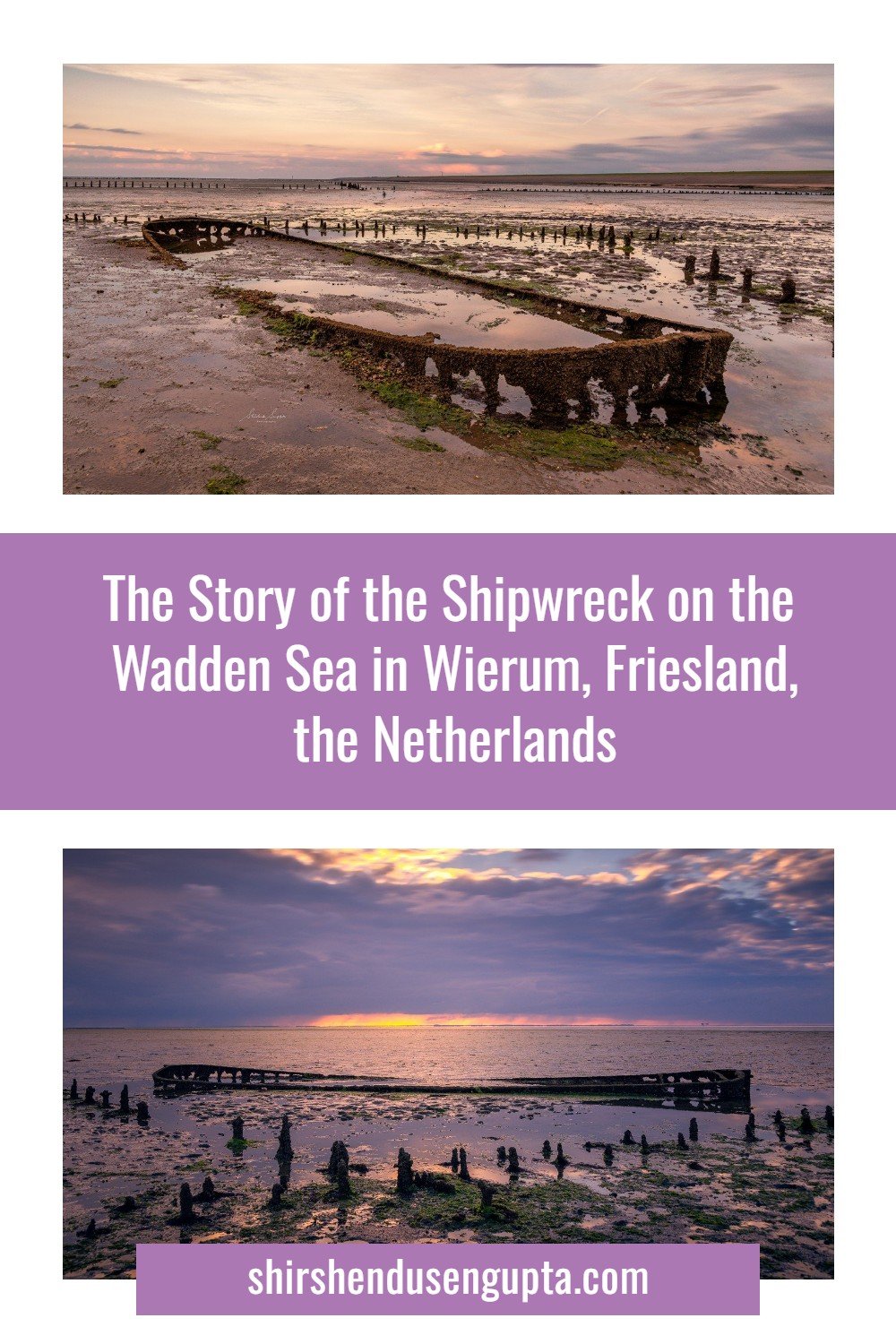

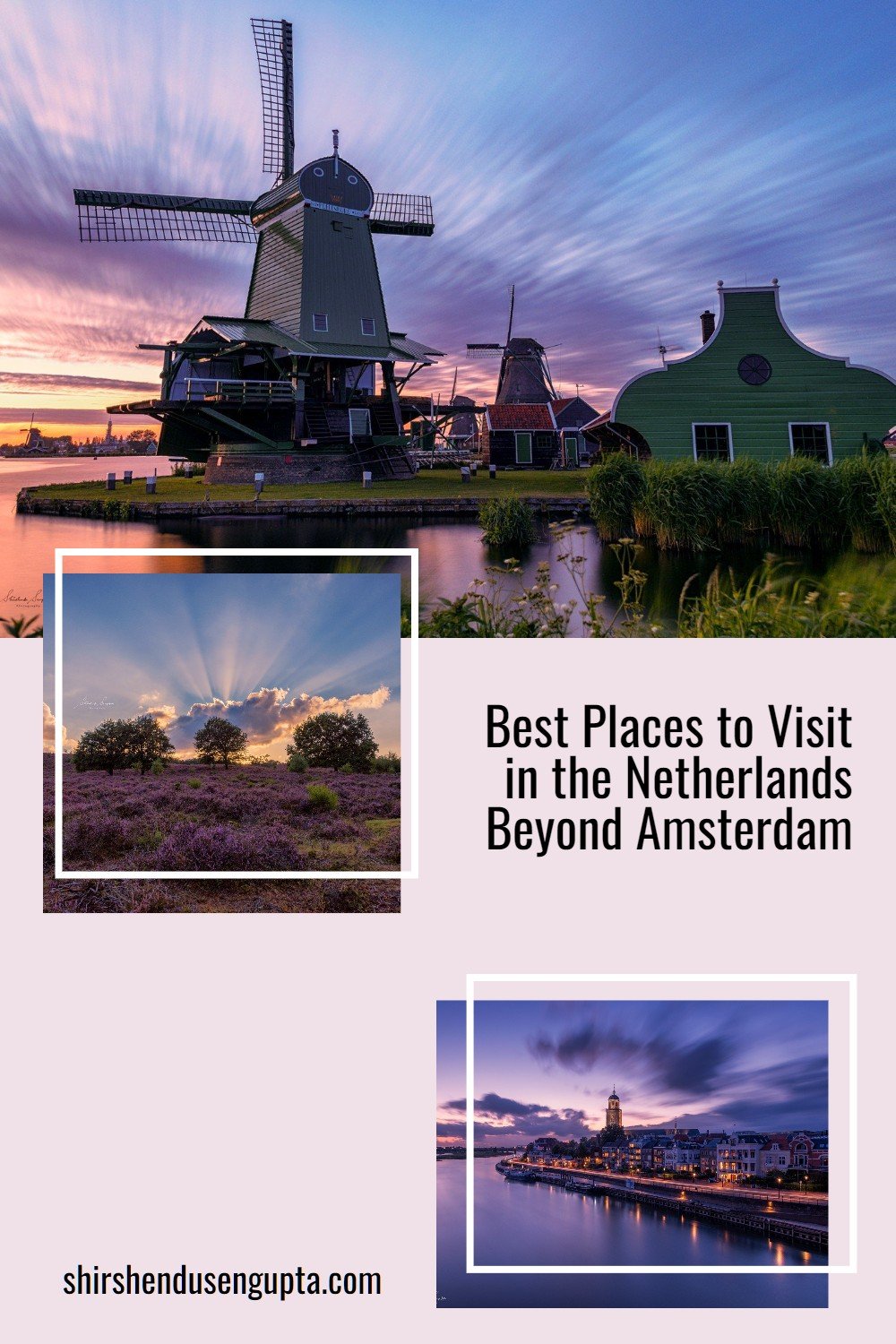
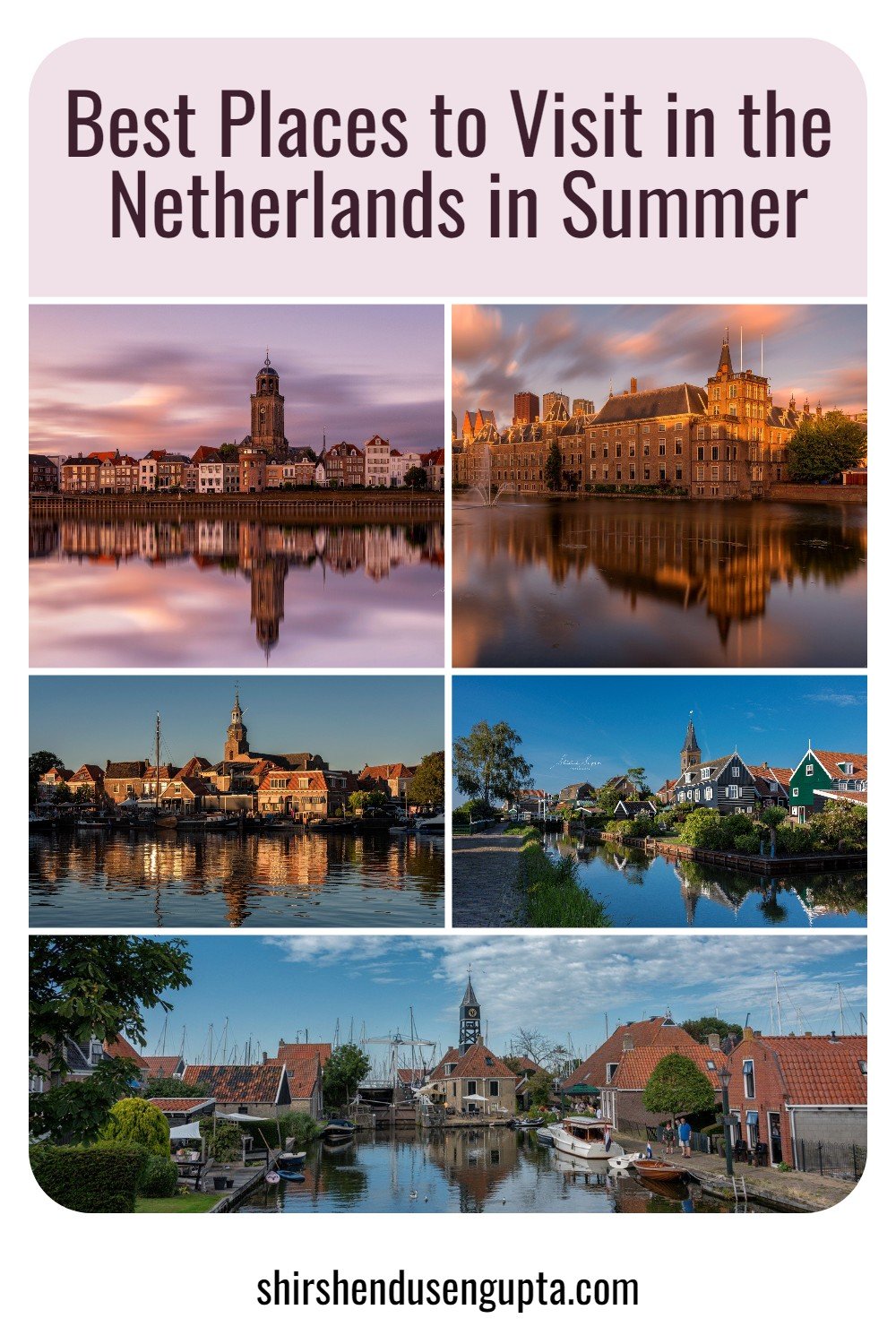
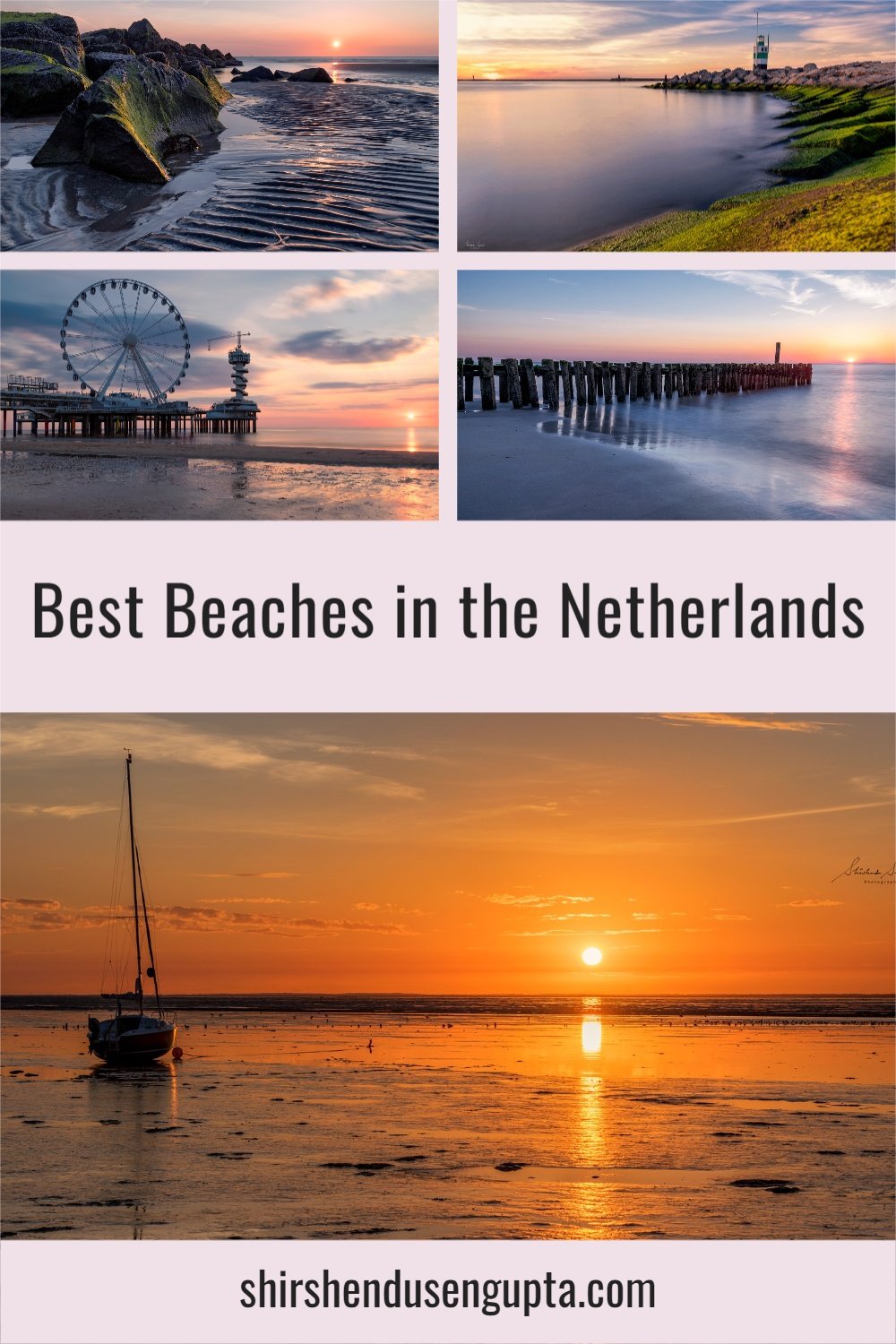
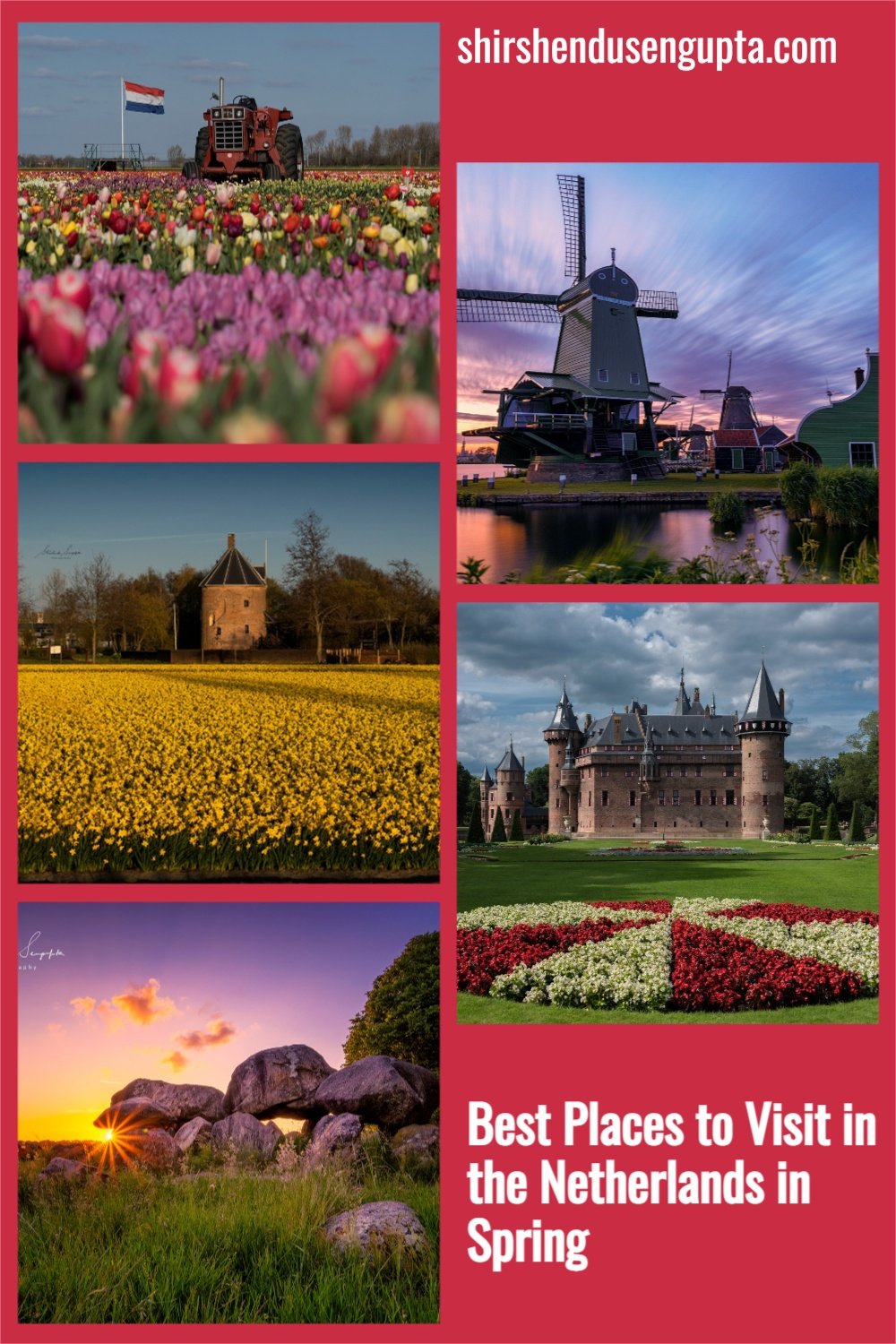

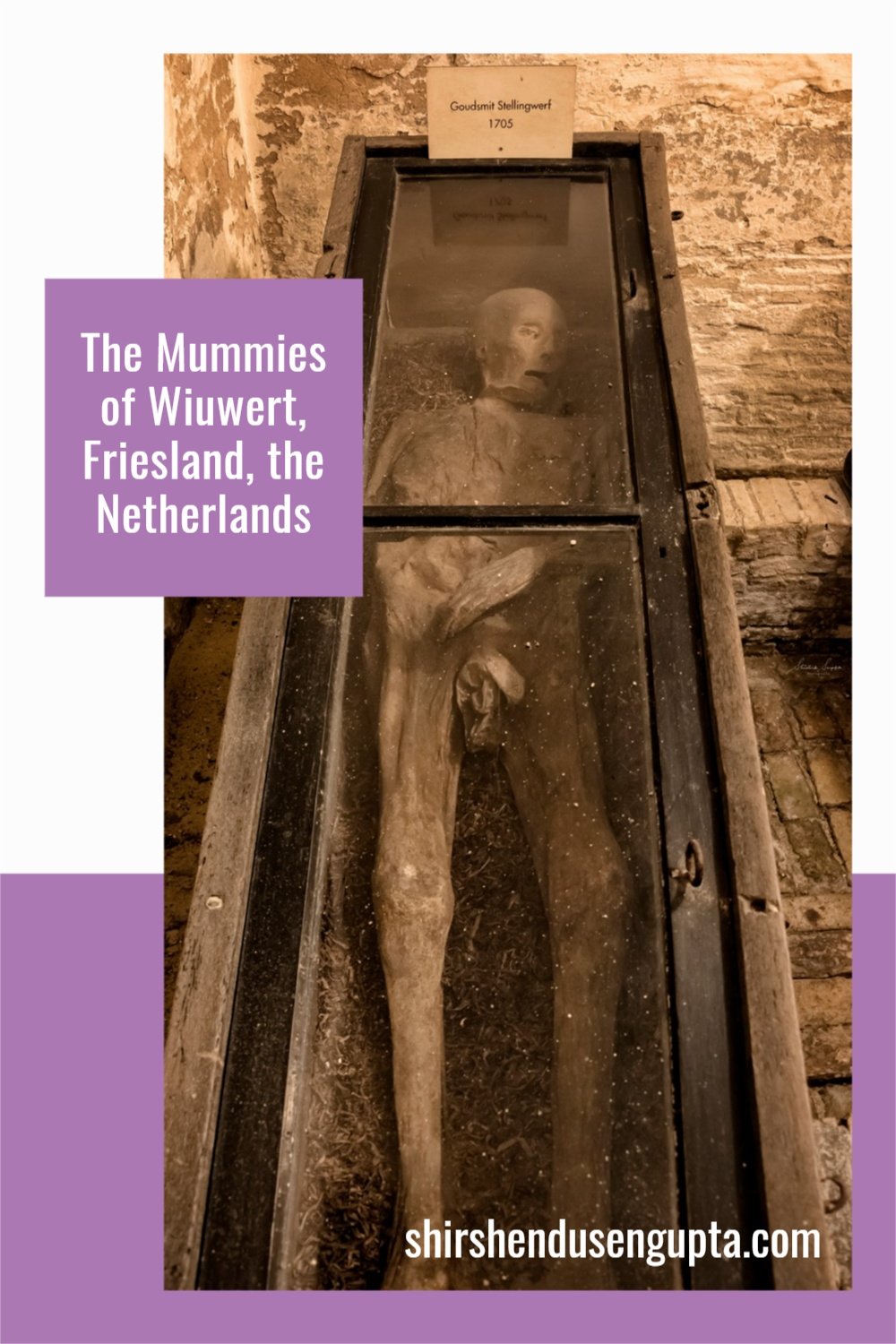

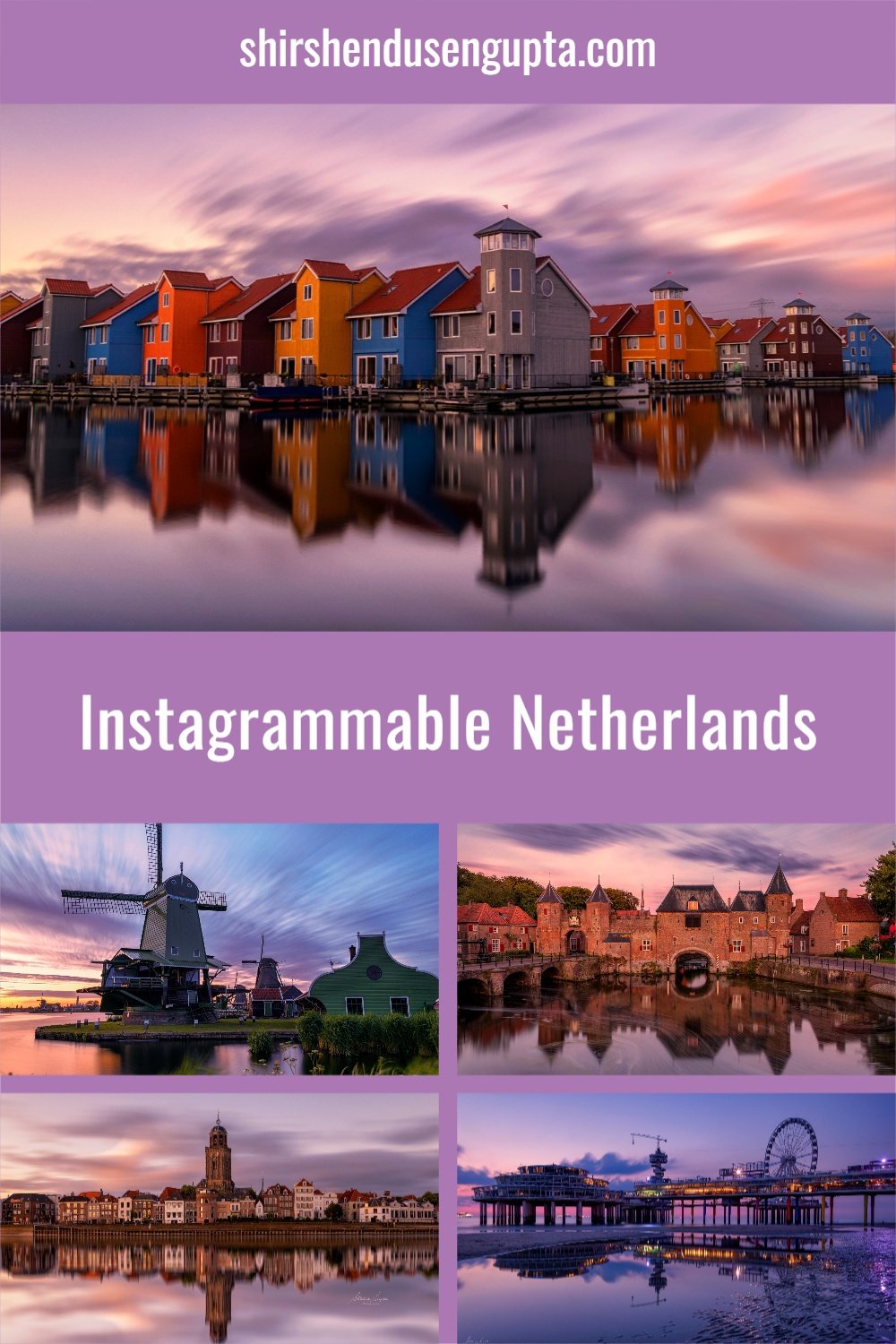
Many nations have windmills, but the Netherlands has so many of them and they are such a significant part of the nation's industrial and cultural legacy that many people throughout the world associate windmills with the country. From the Middle Ages onward, windmills have been a defining feature of the Dutch countryside. In the heyday of the windmills during the 19th century, there were roughly 9,000 windmills in the country. Even though the Industrial Revolution replaced windmills with steam, diesel, and later electricity, over 1,000 antique windmills, many of which are still operational, still stand throughout the Netherlands thanks to historic preservation initiatives. Today, along with cheese, tulips, and clogs, they are among the most well-known images of Holland. For this reason, visiting a windmill has to be at the top of your travel itinerary when visiting the Netherlands.